When you’re navigating the fresh produce section of your local grocery store or perusing the stalls at a farmer’s market, you may find yourself faced with a common conundrum: just how many apples in a pound. This seemingly simple question is actually influenced by a variety of factors, including the size and variety of the apples, which can make a straightforward answer a bit elusive.
Understanding the average number of apples in a pound can be incredibly useful, whether you’re following a recipe that calls for a specific weight, budgeting for your weekly grocery trip, or simply trying to estimate how much fruit you can enjoy as a part of a healthy diet. In this guide, we’ll explore the factors that affect the weight of an apple, provide some general guidelines for different types of apples, and offer tips for estimating quantities so you can shop with confidence and precision.
Apple Size and Weight Categories
Apples range significantly in size, from petite crabapples to giant varieties topping 1 pound each. In general, commercially grown apples fall into three size classes:
- Small apples: 2 to 3 inches in diameter
- Medium apples: 3 to 3.25 inches in diameter
- Large apples: 3.5 to 4 inches in diameter
The number of small, medium and large apples per pound provides a rough guideline for expectations. However, other characteristics like moisture content and hollowness can cause weight fluctuations.
Small Apples: 4 to 5 per Pound
Tiny apples under 3 inches across tend to be decorative rather than edible. But some regular small apple varieties weigh about 3 to 4 ounces each. At the low end, 1 pound could hold 5 petite apples. Examples of small apple cultivars include:
- Jersey Mac
- McIntosh
- Red Delicious
With an average weight of 5 ounces, 4 small apples would reach 1 pound. Gala, Honeycrisp, and Jonagold are other small-sized options.
Medium Apples: 3 to 4 per Pound
The medium apple category covers many common grocery store varieties. With diameters around 3 to 3.25 inches, these apples often weigh 6 to 8 ounces each. Braeburn, Golden Delicious, Granny Smith, and Pink Lady are all medium apples.
On the smaller end of medium, Granny Smith apples can tip the scales at 6 ounces apiece. It would take 4 of these green fruits to make a pound. Moving towards 8 ounces each, 3 Braeburn or Golden Delicious apples generally add up to 1 pound.
Large Apples: 2 to 3 per Pound
Large apple varieties truly live up to their name, averaging over 3.5 inches wide. They can reach mammoth sizes up to 1 pound each. But more typical large apples weigh around 8 to 12 ounces. At the lower end, 3 large apples make 1 pound. On the heavier side, 2 large apples could be a pound. Types of large apples include:
- Arkansas Black
- Cortland
- Fuji
- Rome
With weights leaning towards 1/2 pound each, Fuji and Rome apples often total 2 per pound. In contrast, Cortland hits the average of 3 per pound closer to 8 ounces each.
Factors Affecting Apple Weight
Many elements influence the weight of an apple beyond its cultivar alone. Growing conditions, ripeness, moisture content and hollowness within the core all play a role too.
Growing Conditions
Like all fruit, apples swell with increased access to sunlight and water. Drought conditions produce smaller and lighter apples. Warm sunlight helps them grow larger and heavier. The soil nutrient levels where apples are cultivated makes a difference as well.
Ripeness
Unripe apples have higher water composition than ripe ones. As they mature, moisture decreases, condensing their internal flesh and raising weight somewhat. Early season apples can weigh less than later harvested ones.
Moisture Content
Apples consisting of denser tissue tend to be heavier than those with a high water content. Heirloom and organic apples typically have more moisture compared to conventional varieties optimized for transport and storage.
Hollow Core
Some apples have an open central cavity with few inner walls or seeds. Others have a tightly packed core filled with many seeds and structural channels. Apples with hollower cores often feel lighter in the hand compared to solid ones of the same size.
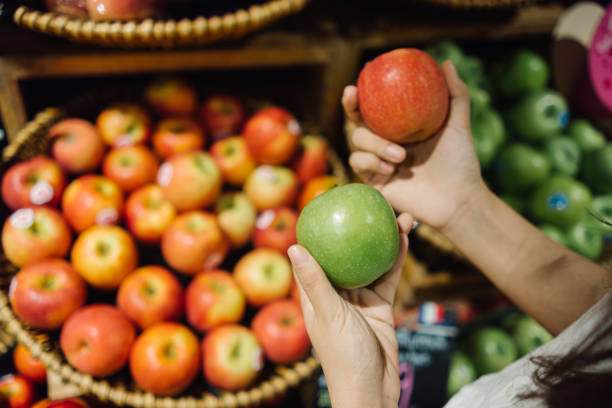
Factors Affecting Apple Weight
Consider Realistically The Overall Weight Of The Apple
Beyond knowing general apple weights, other tips help with estimating amounts in real life situations:
Estimating Without a Scale
When apples are uniform in size, you can roughly calculate the number needed for a recipe or meal. Small apples at 4 to 5 per pound would require 21 to 25 for 5 pounds total. For medium apples at 3 to 4 per pound, 15 to 20 apples should produce 5 pounds. With large apples at 2 to 3 per pound, just 10 to 15 fruits makes 5 pounds.
Of course, a scale provides more precision. But the averages guide sensible approximation when cooking or buying apples without weighing capability.
Selecting Apples by Weight
Many high-end grocers and farmers markets now sell apples by the pound rather than per piece. In these cases, you can select exactly the needed weight of apples for recipes or meals. Combining different apple varieties can add visual appeal while hitting the target quantity.
Ask the seller for apple recommendations based on ripeness and flavor at that time of year. Pick firm, unbruised fruits without indentations or moisture on the skin. Handle produce gently to avoid damaging apples inside the bag or box.
Cost Implications
Purchasing apples by the pound rather than individually means larger fruits are more economical than smaller ones. A bag of 2 giant apples costs the same as a bag holding 5 tiny apples. While bigger apples can be impressive, smaller fruits offer more practical pieces for eating out of hand or packing in lunches.
Check prices per pound when comparing conventional, organic and heirloom apples. Conventional apples optimized for transport often cost less than specialty varieties. But organic or heirloom apples may provide better flavor and texture.
Nutritional Perspective
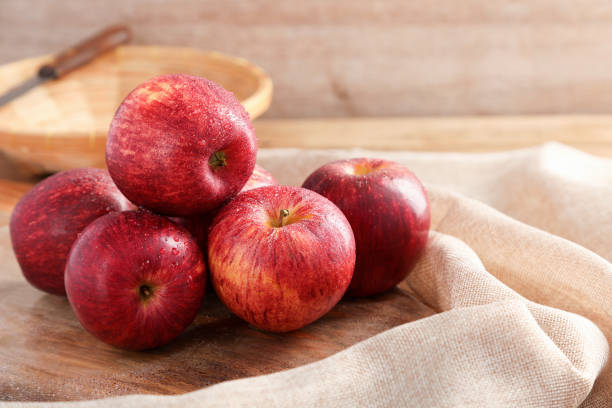
Nutritional Perspective
While larger apples contain more total vitamins, nutrients and antioxidants, their concentration remains similar regardless of size. Small, medium and large apples offer comparable nutritional profiles by weight. Key nutrients found in all apple varieties include:
- Vitamin C
- Fiber
- Potassium
Apples also contain polyphenols, which act as antioxidants to combat cell damage. Polyphenol content does vary slightly by cultivar, with heirloom apples often ranking higher than conventional types. But apple size itself does not affect nutritional potency.
Conclusion: How many apples in a pound
Whether baking pies, tracking nutrition or buying apples in bulk, knowing typical apple weights provides helpful guidance. Small apples yield 4 to 5 per pound, medium apples produce 3 to 4 per pound, and large apples result in 2 to 3 per pound. But many other factors like ripeness, moisture and hollowness can cause fluctuations. Use these averages as general starting points when working with apples of all sizes.

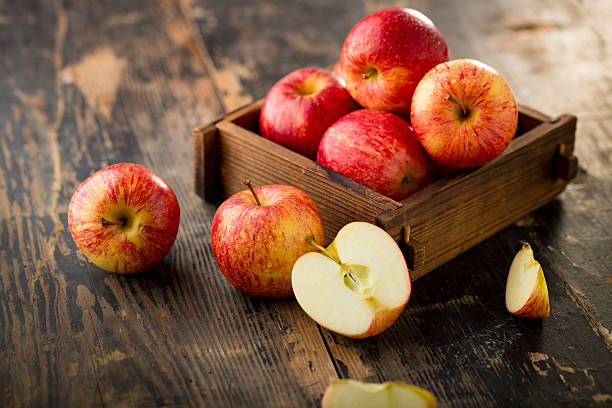

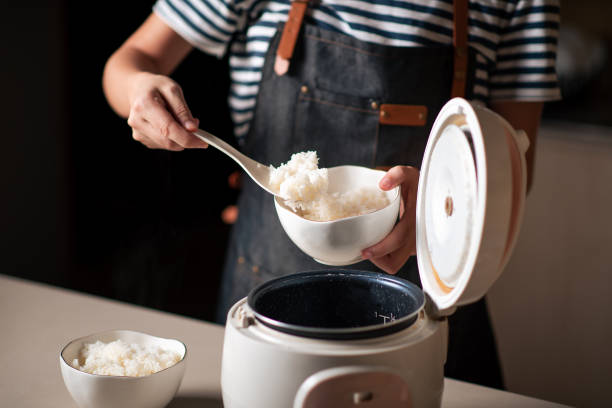
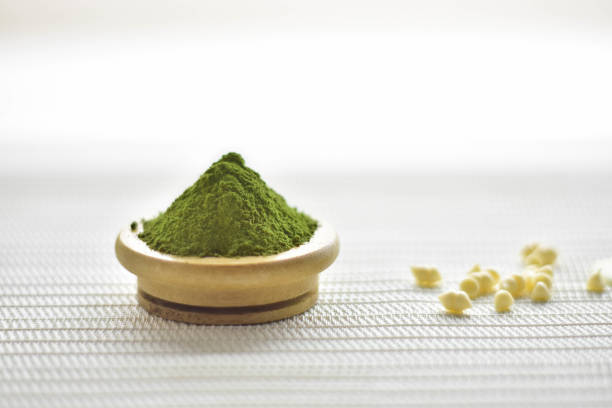
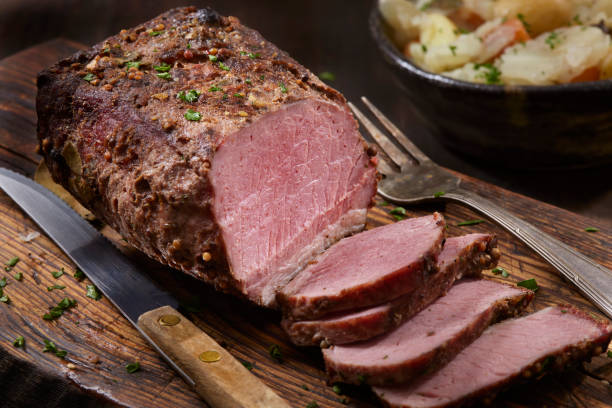

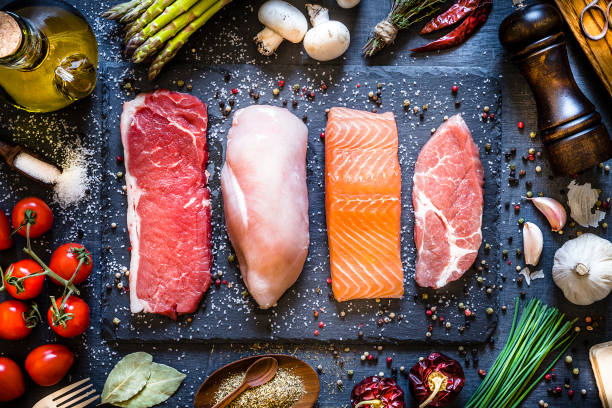

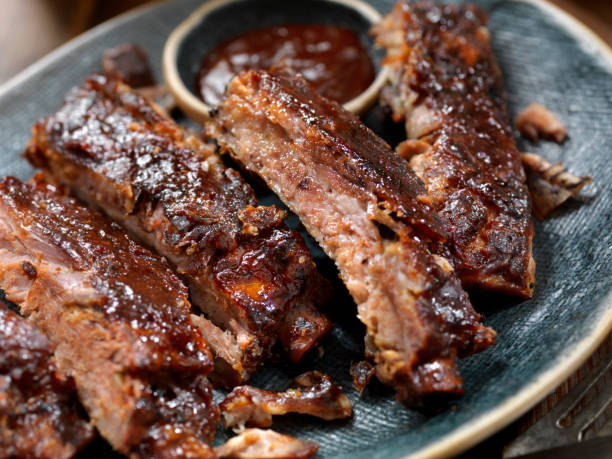
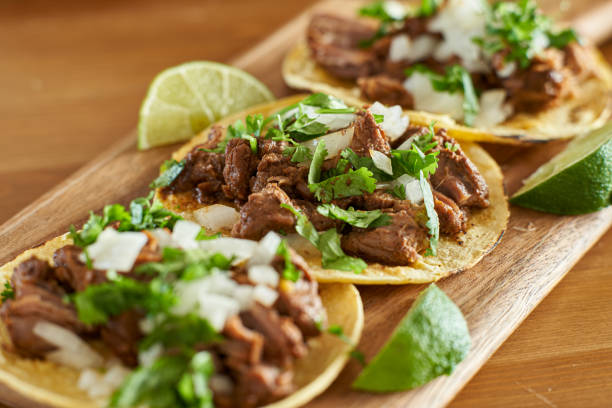
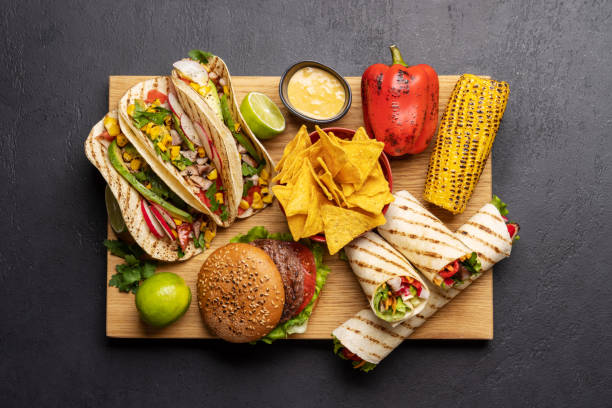

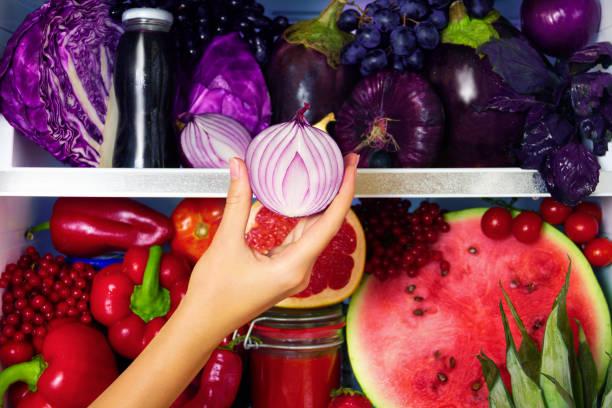


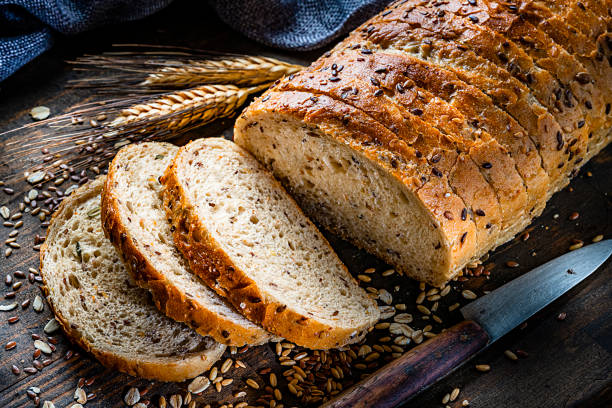
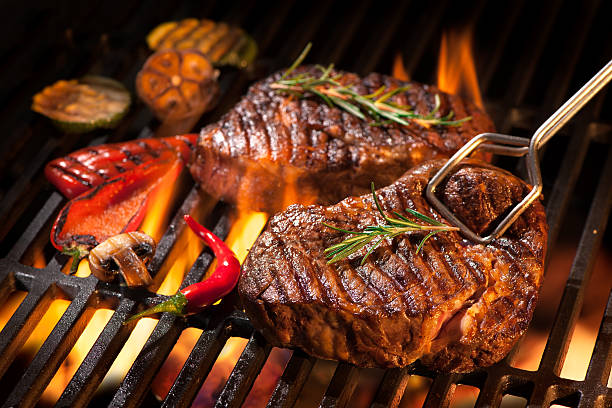
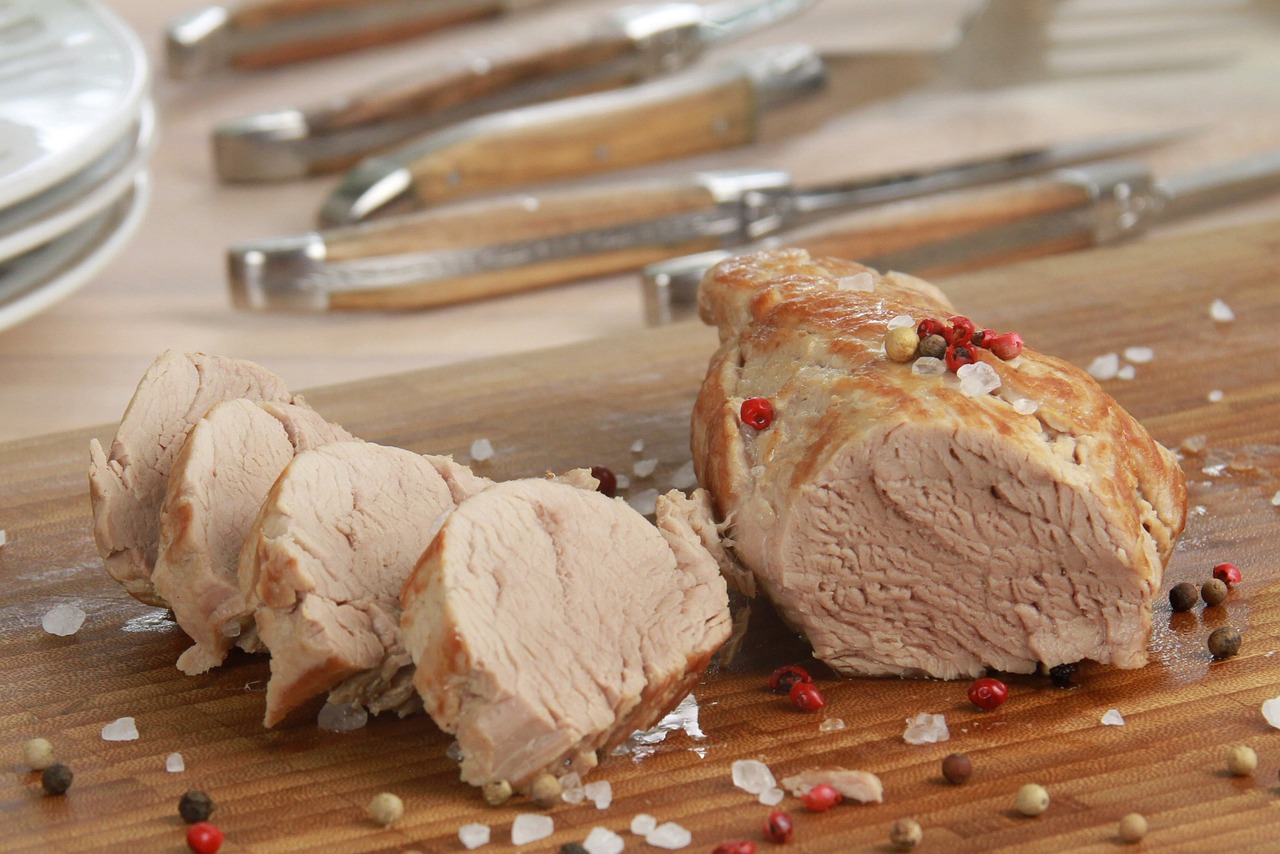

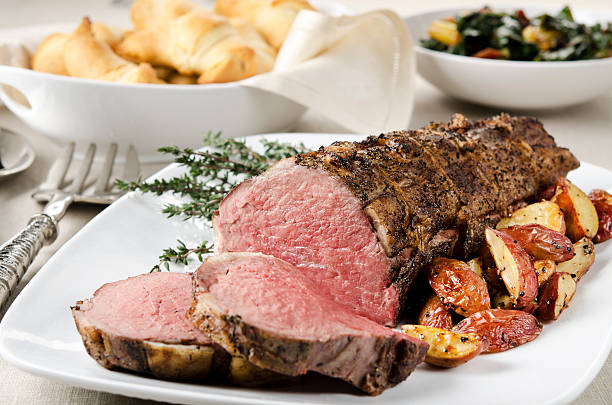
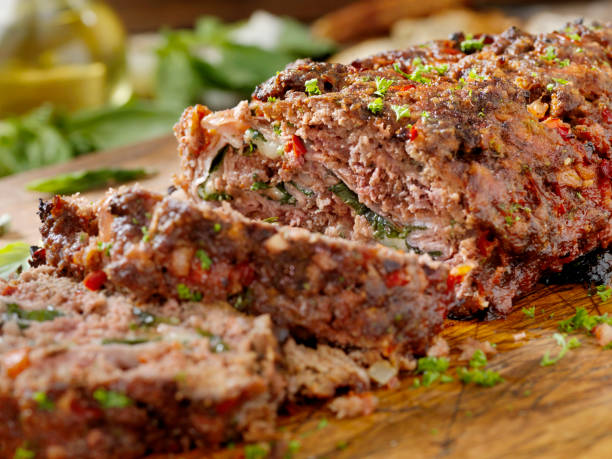
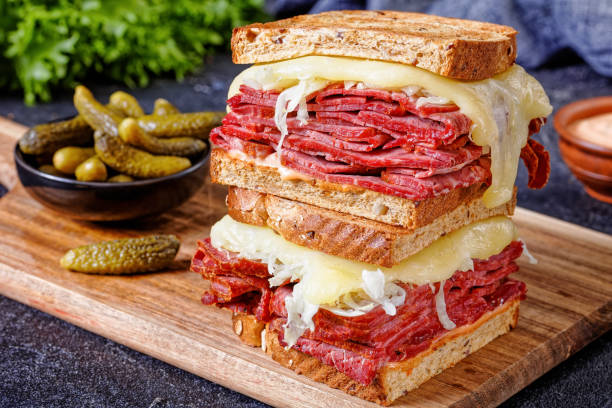





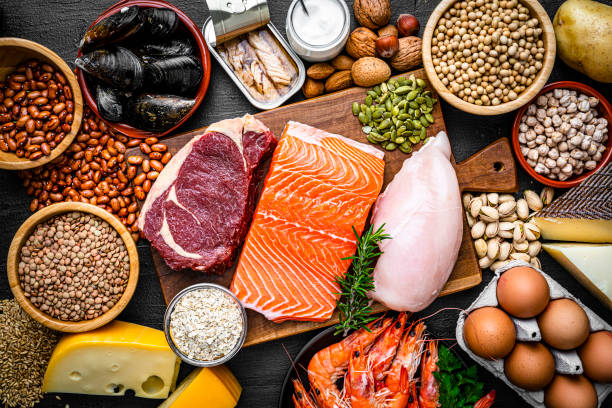
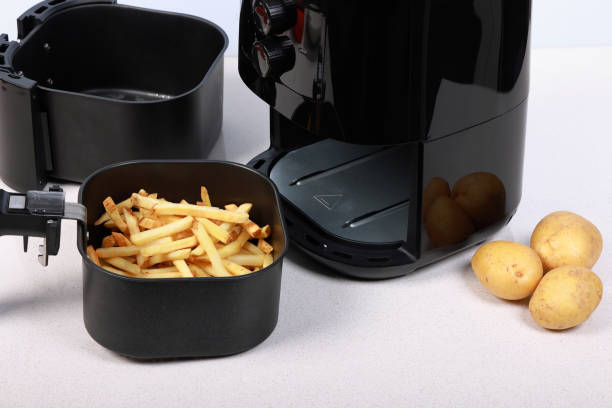
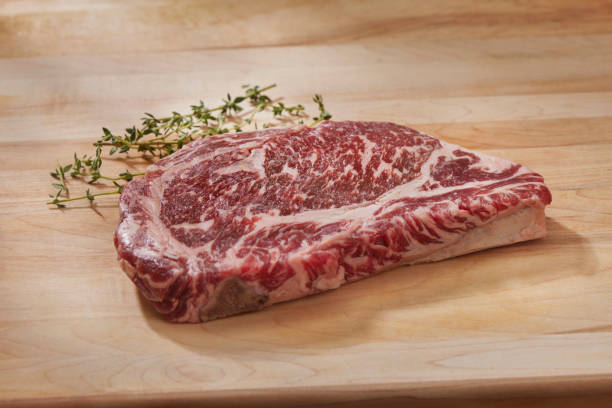

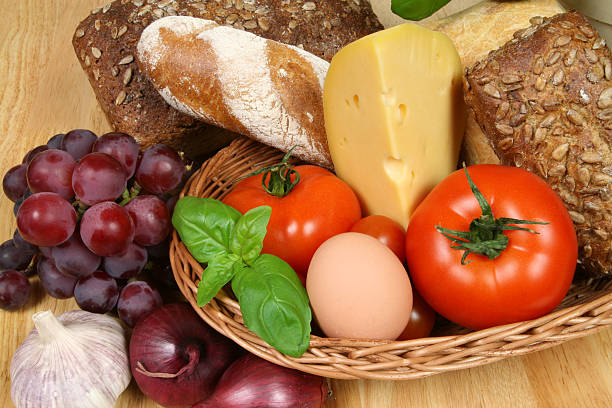
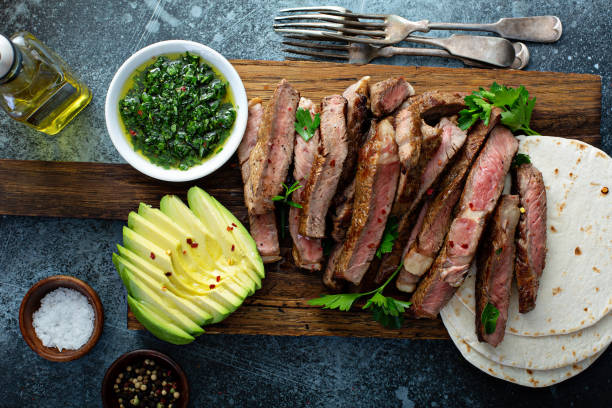

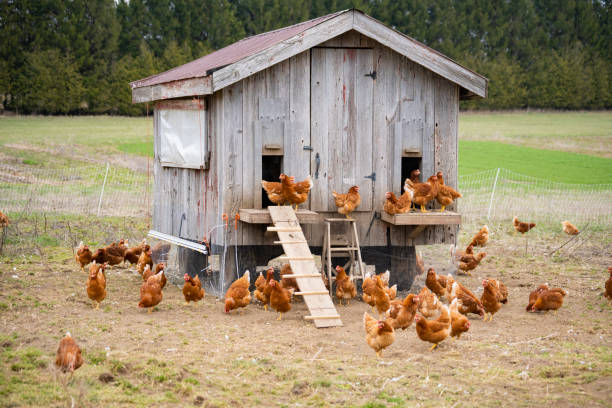
![America’s Best Wings Menu With Prices | Guides [Update 2023] America’s Best Wings Menu With Prices | Guides [Update 2023]](https://thesuntrapp.com/wp-content/uploads/2023/11/Screenshot-2023-11-16-020808.png)
